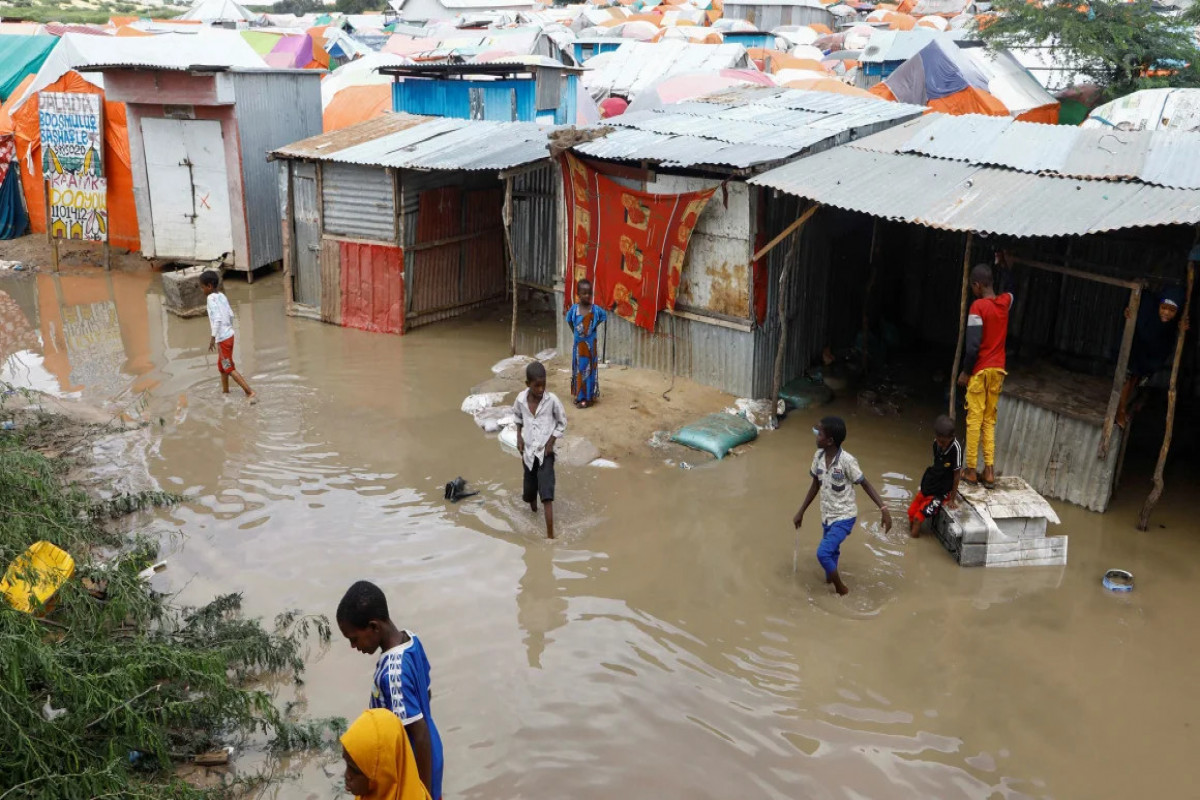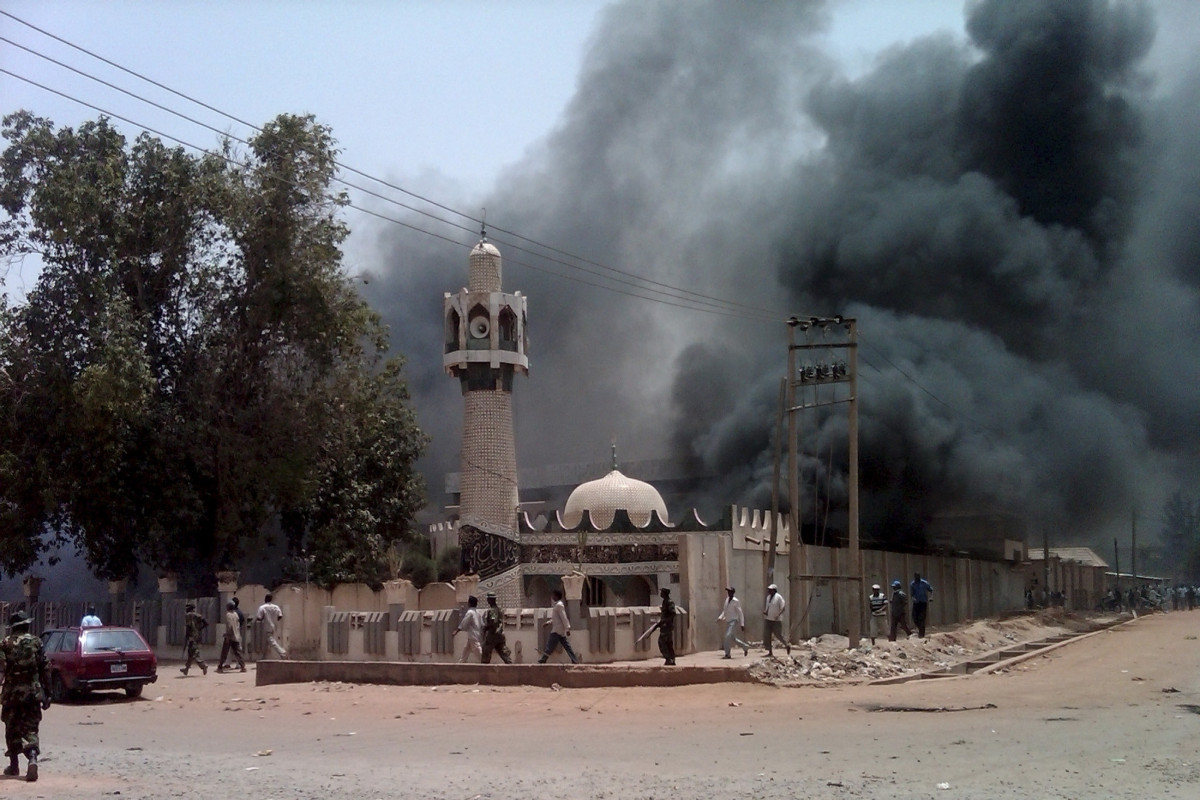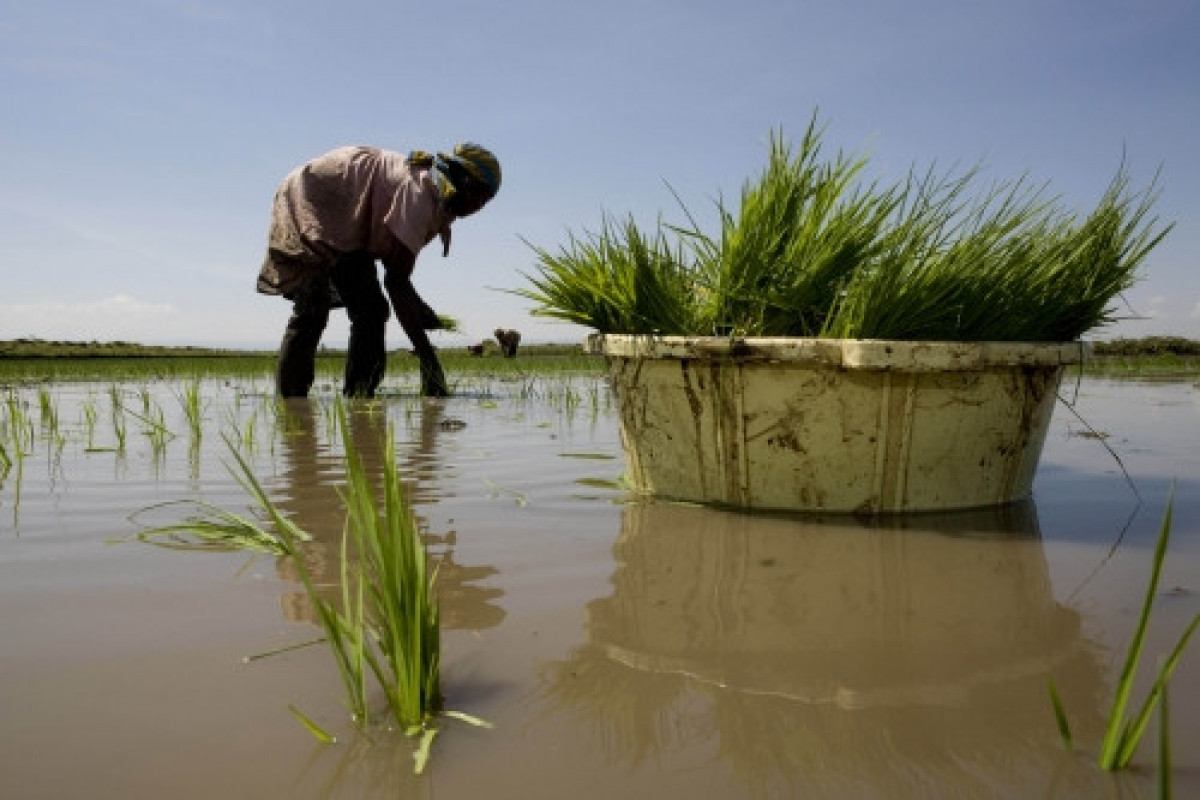Torrential rains and flash floods have ripped through parts of East Africa for several weeks, killing more than 350 people and displacing over 1 million across Somalia, Kenya, Ethiopia, and Tanzania, APA reports citing CNN.
In Kenya, at least 136 have died and nearly half a million have been displaced, according to the Interior Ministry. Persistent rains since October have affected 38 out of 47 counties across the country, which have been hit by flash floods, general flooding, and mudslides, President William Ruto revealed in an emergency cabinet meeting last week.
The northeastern parts and the eastern coast of the country have been the worst-hit areas with severe damage to homes and infrastructure, including disruptions to cargo rail services from the port of Mombasa last month.
The unusually heavy rains are largely caused by the El Niño weather phenomenon and are forecast to continue into the new year by the Kenya Meteorological Department.
El Niño is a climate pattern that originates in the Pacific Ocean along the equator and impacts weather all over the world. This phenomenon has been associated with severe flooding in eastern Africa, resulting in landslides, elevated waterborne diseases, and food shortages. Meanwhile, the northern and southern regions of the continent often endure prolonged periods of severe drought during El Niño events.
But the Horn of Africa is also one of the world’s most vulnerable regions to climate change. While the overall amount of rain annually is expected to fall in the region the more the Earth warms, the frequency and intensity of heavy rainfall events are projected to increase. That means the Horn of Africa may experience more drought as well as floods from heavy rain.




 PHOTO'>
PHOTO'>

